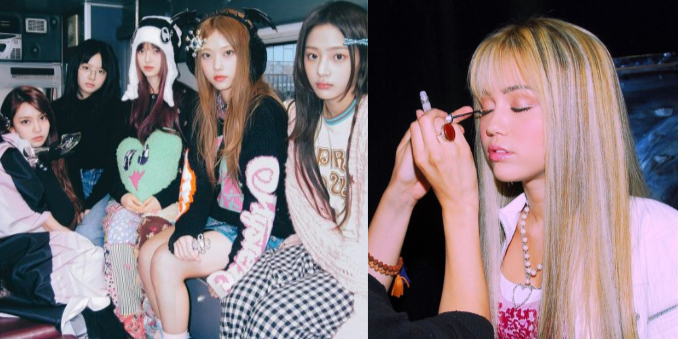Human society lives for its fashion trends- the explosive, colourful choices that have come to mark specific periods in time also often represent the socio-economic atmosphere of the era they originated in. While a major criticism of trends is that they are short-lived, in recent decades, a cyclical pattern has been noticed in popular fashion and aesthetic choices. Styles that were popular almost two decades ago, make comebacks-new and improved. “Y2K” is a powerful, recent example of this development. Apparently named after a computer bug that people believed would cause the crashing of computers as soon as we shifted to the 21st century, the style held pop culture’s attention between the late 1990s and early 2000s. With its over-the-top fits, variety of colours and textures, as well as the unique fascination with internet technology- that was then in the blooming stages. It was during the late 2010s and early 2020s that the world saw a revival, the same vibrant crop tops, the high waist/ low waist debate, fun hairstyles, and flared pants. With its rootedness in internet culture, Y2K has also always been a trend that spills over into artistic choices- primarily within graphic design, which has also had a comeback.
Y2K, The Iconic, and Origins
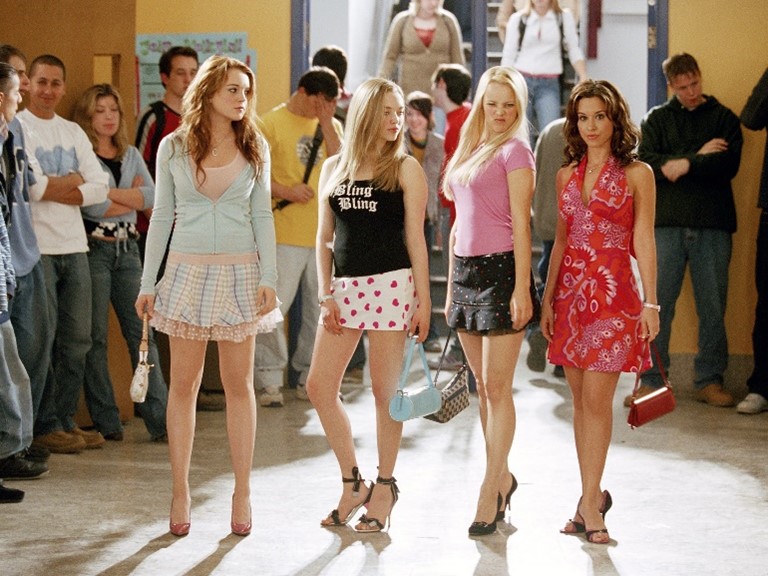
Y2K features an overlay of futurism with bright colours and patterns commonly associated with younger people- it offered freedom of expression in ways many trends before had not. Layering patterns- from animal prints to glitter, as well as silhouettes- such as skirts and pants were common. Y2K, it has been pointed out, is also deeply influenced by styles before them- the futuristic chrome of the space generation from the 1960s -70s and the bold fashion statements of the 1980s.
The major styles and choices under Y2K are of North American origin and spread rapidly across the world as a result of globalisation- an openness within the market as well as available technology. Additionally, the widespread accessibility of North American media, including the iconic teen movies of the 2000s such as ‘Mean Girls’ or ‘Clueless’ also play a crucial part. Television channels, primarily shows hosted by Disney like ‘Hannah Montana’ feature outfits that are slightly bizarre, yet extremely full of personality. The popularity of the ‘The Matrix’ series has also been associated with the sleek black leather looks of the era, along with the slicked-back hair and prominence of silver in clothing.
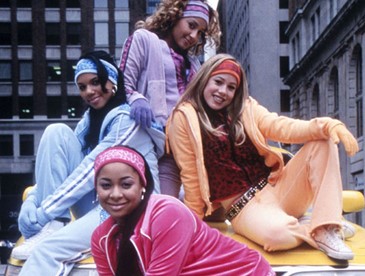
Source: The Imprint
Y2K has also had its hold on popular Bollywood movies of the time. One look at urban styles depicted in family or college dramas like ‘Main Hoon Na’ and ‘Kuch Kuch Hota Hain’, clearly shows the far-reaching influence of baby tees, baggy jeans, glittery tops, and coloured shades.
The Rebirth
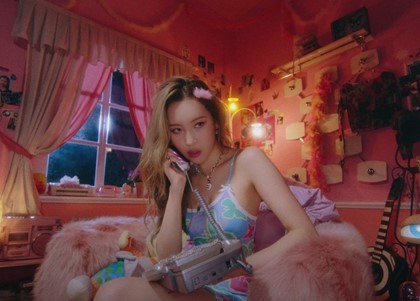
Source: InkiStyle
A resurgence of Y2K has taken over Gen Z by storm, with popular music icons to Instagram influencers revamping a style that was, as noted by many commentators, barely a part of their childhoods. Hence, unlike millennials or Gen Xers who are reliving the style, the younger Gen Z is mostly experiencing it for the first time. Most famously, Olivia Rodrigo’s first album ‘Sour’ was full of the very same aesthetics- bright colours, plastics, metallic tones, stickers, and newspaper clippings. Similarly, the popularity of Y2K is all over social media, with people altering thrift finds to match the era or even hunting down clothes from the early 2000s. It is important to note, however, that many “unconventional” aspects of the style have been left in the past.
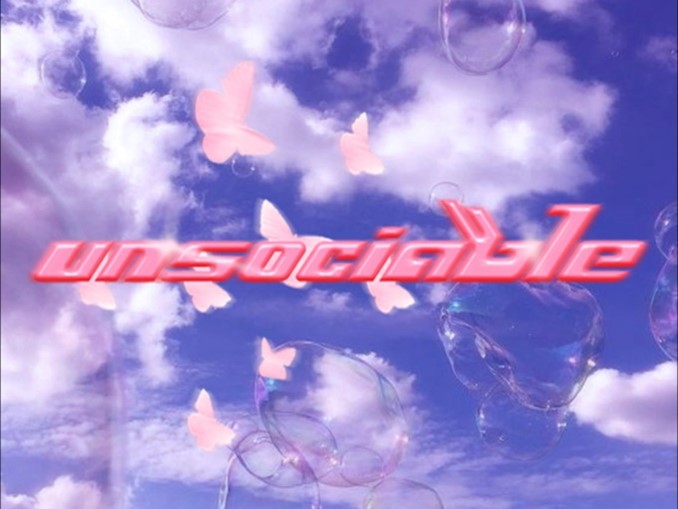
Another very important arena of Y2K popularity is the massively followed Korean Pop genre- or K-pop for short. K-pop groups, more popularly girl groups have incorporated the pastels, quirky patterns, and slick hairstyles of the early 2000s into widely watched music videos and stage performances. Younger K-pop groups, such as ‘New Jeans’, have been designed entirely on the concept, complete with braids and butterfly clips. Similarly, solo idols with large followings like Sunmi, have adopted the Y2K aesthetic as concepts for specific album releases, even bringing back décor and technology like flip phones from the time as part of set design.
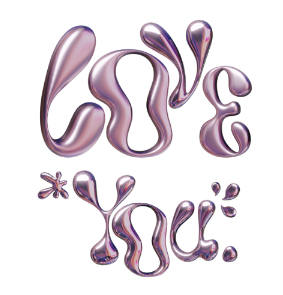
Graphic design is another area that requires discussion when talking about the popularity of Y2K. It is perhaps the most prevalent way by which the aesthetics of Y2K enter the medium of traditional art. The popularity of digital themes, with early user interfaces of the internet and pixelated computer graphics are a common feature of Y2K. The use of cool blues, lavenders, purples, and doodles, often contrasted with the reds and oranges of default screensavers or clip art, represents the era’s anticipation for the world of the internet. 3D also plays an important role- both in the use of unique and graphic fonts like bubble letters and metallic scripts, it is also seen in the interplay of unique textures, like blobs, pixels, plastic and even gore in designs.
So, Y2K Forward: And Beyond its Aesthetic Value
Y2K is definitely an aesthetic- something that can be kept limited to fashion, art, or design projects, but it is also an era’s response to the impending future- a new century. As AJ Willingham notes, these anxieties are coming back in a world where the lives of youngsters have been permanently altered by a global pandemic and whose concerns include climate change. They are united with the original Y2K generation, thus, not just in fabulous fits- but also in shared existential worry.
The revival of Y2K has also done a lot different, bringing changes absent in the first wave. Popular American media of the 2000s is notorious for its exclusivity its glorification of extremely thin bodies alone, and to lack of cultural diversity in portrayals. While mainstream media still lacks, the partial decentralisation and democratisation that social media offers have led to creators of all body types reclaiming their spaces in fashion. There have been various cultural incorporations to the trend, with its exposure globally, including the ones made by Indian influencers.
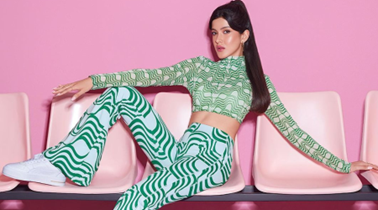
Source: Elle India
The rise of any trend, coupled with heavy consumerism under capitalism is not without downsides. Severe environmental exploitation and energy expenditure have been noted with the rise of fast fashion which is, unfortunately, closely associated with the trend. Several fast fashion companies that are avid producers of Y2K fashion, like Shein, have also been publicly called out for their exploitative working conditions that harm workers. However, while trends contribute to these practices, they are larger structural issues that require tackling at the international level.
The Y2K aesthetic once stood for the conflicting emotions of optimism and anxiety for the future. Like every time in history, art- through fashion, personal style and design- became a means to process these rapid changes. The generation today, explores the exciting freedom of Y2K with a lot of the same energy. There is an identity and breaking down of several binaries, such as that of gender, associated with their version of Y2K. There is also the need to find themselves, despite the uncertainty of the times they’re living within- to define, redefine and leave undefined, who they are and what ‘style’ means to them.
SOURCES:
- Creative resources. threadless- art trends y2k aesthetics
- Allure- K-pop Y2K beauty trends
- Edition CNN- Y2K Nostalgia millennium style angst
- Dribble- y2k design trends
Read Also:
Keeping it Kute: The Numerous Fashion Moments of Kim Kardashian

Contributor

